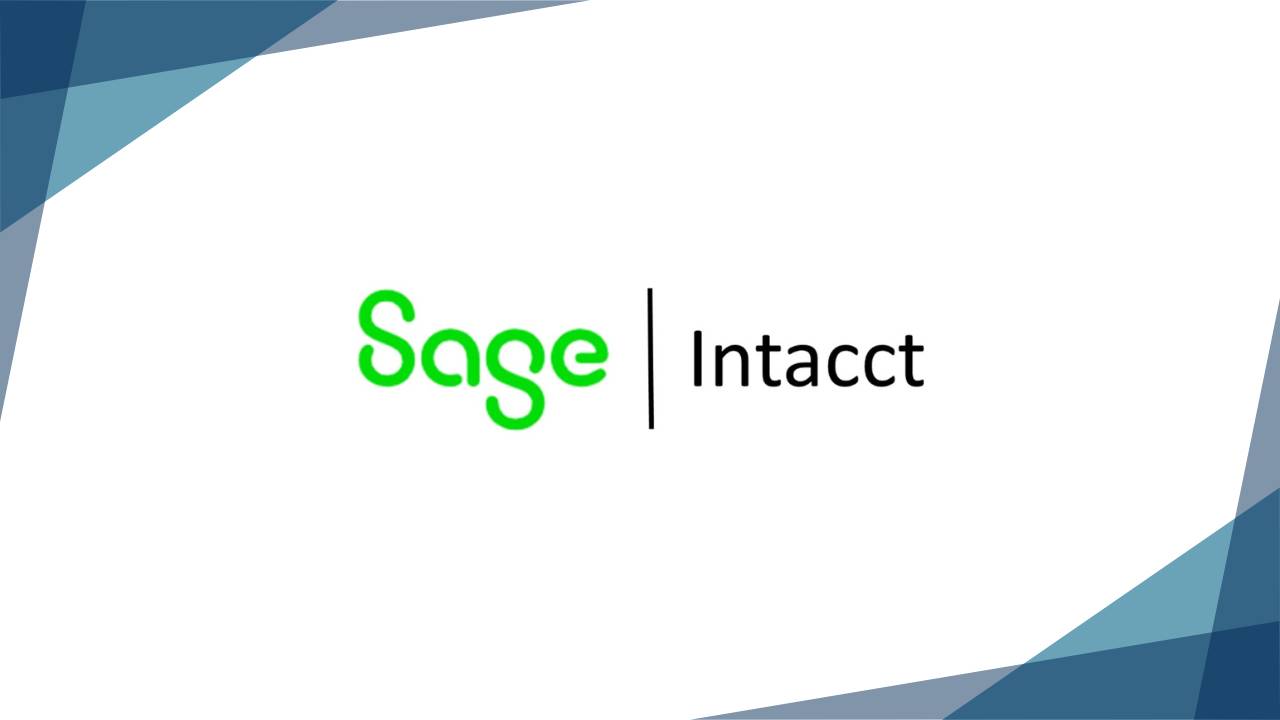Overcome the hurdles of eCommerce integration with Sage 300. Learn the one simple change you should make here.
Properly integrating eCommerce platforms with financial management software is becoming increasingly crucial in today's digital economy. This trend is driven by the need for businesses to manage their operations efficiently and respond to rapidly changing market demands. Integrating eCommerce systems with financial management software provides a cohesive environment where real-time data synchronisation ensures efficient inventory management, order processing, and customer management.
In this article, we’ll discuss some of the most common challenges eCommerce businesses face when using Sage 300, and the best solution to overcome them.
Importance of eCommerce Integration with Your Business’ Financial Management Software
Integrating your eCommerce platform with financial management software, such as Sage 300, is vital for ensuring seamless business operations. You need to make sure all your systems work together effectively to maximise efficiency and accuracy.
Here, we highlight some of the crucial reasons why your eCommerce business should ensure smooth integration with its financial systems.
- Streamlining Business Processes
-
Integration significantly enhances operational efficiency. It automates workflows, reduces manual data entry, and minimises errors. This results in smoother, faster processes, allowing you to focus on core business activities rather than administrative tasks.
- Financial Accuracy and Reporting
-
The role of integration in financial tracking and reporting cannot be overstated. It ensures real-time data flow between your eCommerce platform and financial software, leading to more accurate financial insights. This accurate data is crucial for making informed business decisions and maintaining compliance with financial regulations.
- Scalability and Growth
-
Integration is a key driver for business growth and scalability. It supports the expansion of your business by ensuring that your systems can handle increased transaction volumes and complexity without compromising performance or accuracy. This readiness for growth allows you to adapt swiftly to market changes and customer demands, positioning your business for long-term success.
Common Challenges in Sage 300 eCommerce Integration
 Sage 300 is a well-known comprehensive financial management software that businesses utilise to streamline their eCommerce operations. While it offers many advantages, you'll encounter several challenges in the integration process. There is a better solution that overcomes these issues, and we’ll discuss that in more detail later.
Sage 300 is a well-known comprehensive financial management software that businesses utilise to streamline their eCommerce operations. While it offers many advantages, you'll encounter several challenges in the integration process. There is a better solution that overcomes these issues, and we’ll discuss that in more detail later.
With that in mind, this section will guide you through the common challenges faced by businesses using Sage 300.
Technical Complexities
Users often face challenges with system compatibility and integrating Sage 300 with existing IT infrastructure. These complexities require a deep understanding of both systems to ensure they function cohesively.
Data Synchronisation Issues
Maintaining consistent and accurate data across platforms presents another significant challenge. It's crucial to ensure all systems are synchronised to avoid data discrepancies that can lead to operational inefficiencies.
User Experience and Customisation
Balancing customisation with user-friendliness in integrated systems is a delicate task. Solutions must be tailored to specific business needs while ensuring the interface remains intuitive for all users.
Security Concerns
Security, especially data privacy, is a major concern in the integration process. Implementing robust security measures is essential to protect sensitive information and comply with data protection regulations.
Solution for Smooth eCommerce Integration — Sage Intacct
 Sage Intacct is an optimal solution for eCommerce businesses, especially those looking to overcome integration challenges with financial management software. It is designed to simplify and streamline the integration process, making it more efficient and user-friendly.
Sage Intacct is an optimal solution for eCommerce businesses, especially those looking to overcome integration challenges with financial management software. It is designed to simplify and streamline the integration process, making it more efficient and user-friendly.
The main reason why Sage Intacct is a top choice for eCommerce businesses is that it offers robust features that aid in simplifying the integration challenges you might face. Its capabilities include advanced data synchronisation, user-friendly customisation options, and strong security measures. These features not only enhance the efficiency of your business processes but also ensure data accuracy and compliance with data protection standards. Sage Intacct's integration solutions are tailored to meet the unique needs of eCommerce businesses, ensuring seamless connectivity between different platforms.
Benefits of Successful eCommerce Integration with Sage Intacct
Now that we’ve learned that Sage Intacct is a great solution for easing eCommerce integration challenges, it is crucial to understand the array of benefits that successful integration can bring to your business. These benefits not only contribute to the smoother running of your business but also play a significant role in driving growth and customer satisfaction.
Let's explore the specific advantages that can transform your business operations.
- #1 Real-time Data Access and Decision Making
-
Immediate access to financial and operational data through Sage Intacct enhances your decision-making capabilities, providing insights that help you identify trends and make strategic business decisions. This real-time insight allows you to respond quickly to market changes and customer needs, keeping you ahead of the competition.
- #2 Cost Reduction and Efficiency
-
Integration with Sage Intacct leads to reduced manual efforts and operational costs, streamlining your business processes and eliminating redundant tasks. Automating data processes reduces the need for manual intervention, thereby saving time and resources, and increasing overall business efficiency.
- #3 Compliance and Financial Governance
-
Integrating with Sage Intacct ensures adherence to financial regulations and standards, helping you manage financial risks more effectively. It provides robust features that help maintain compliance and uphold financial governance in your business, ensuring you stay on the right side of regulatory requirements.
- #4 Improved Inventory Management
-
Integration offers improved inventory tracking, leading to optimal stock levels and reduced holding costs, thereby enhancing your ability to meet customer demand without excess expenditure. You can manage your inventory more effectively — avoiding both overstocking and stockouts — and ensuring a smooth supply chain.
- #5 Enhanced Customer Experience
-
Streamlined processes resulting from integration with Sage Intacct improve customer service and satisfaction, leading to a more positive brand perception. This efficiency translates into a better customer experience, fostering loyalty and repeat business and ultimately contributing to your brand's reputation.
Best Practices for eCommerce Integration
 As we’ve just learned, properly integrating systems within your organisation is crucial for operational success and efficiency. This process not only enhances data flow and management but also significantly impacts customer experience and business scalability.
As we’ve just learned, properly integrating systems within your organisation is crucial for operational success and efficiency. This process not only enhances data flow and management but also significantly impacts customer experience and business scalability.
Now, in this section, we’ll highlight key practices that ensure effective eCommerce integration within your systems, especially when you utilise Sage Intacct.
Regular Data Backup
Securing and backing up your data is essential for keeping information within your eCommerce platform safe. Not only can regular and systematic backups prevent data loss due to system failures or cyber-attacks, but they also guarantee a speedy recovery and the continuation of business operations. Nowadays, it is crucial to have a solid backup plan to protect your business’ data in the digital world.
Consider a business dealing in industrial supplies. It handles large volumes of transactions and sensitive customer data daily. Implementing a regular, automated backup system, this platform ensures that, even in the event of a system crash, all transaction records and customer information are retrievable. This practice not only saves them from potential financial losses but also maintains their reputation as a reliable supplier.
Strategic Planning and Assessment
Strategic planning is vital in the integration process. It involves understanding your business needs, identifying potential integration challenges, and creating a plan that aligns with your long-term goals. Because of this future-proofing strategy, your operations will be unaffected by the integration.
Imagine a business specialising in bespoke furniture. Before integrating a new CRM system, they conduct a thorough assessment of their operational needs and potential challenges. They plan the integration in stages to ensure minimal disruption, training their staff in parallel. This strategic approach results in a smoother transition, improved customer management, and enhanced sales tracking, contributing to an overall increase in business efficiency.
Continuous Monitoring and Improvement
After integrating systems, continuous monitoring and iterative improvements are key. Regularly reviewing system performance and user feedback helps identify areas for enhancement. This ongoing process ensures that the integrated systems evolve with your business, remaining effective and relevant.
Picture a company dealing in electronic components using Sage Intacct for financial management. Post-integration, they continuously monitor system performance, gathering feedback from different departments. Over time, they identify a need for improved inventory management features. Responding to this, they upgrade their system, resulting in more accurate stock levels and reduced order processing times, thus enhancing overall operational efficiency.
Final Thoughts
Integrating eCommerce with financial management software is crucial for operational efficiency, accuracy, and growth in today's digital marketplace. However, Sage 300 is commonly known for challenges such as technical complexities, data synchronisation issues, and security concerns. Fortunately, there is a recommended solution that instantly overcomes those challenges.
Sage Intacct is our recommended solution for all the issues we’ve previously discussed. It offers real-time data access, cost efficiency, compliance, improved inventory management, and enhanced customer experiences. Adopting our aforementioned best practices will help your company run more smoothly and generate more revenue.
Book a Sage Intacct Discovery Call with Us Today